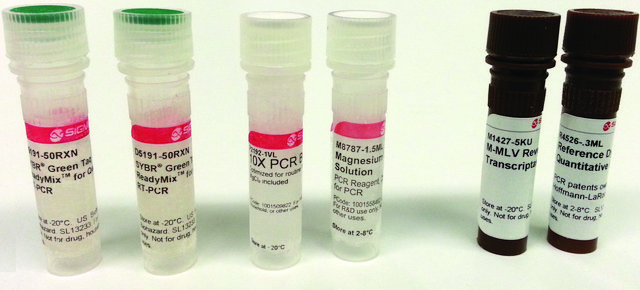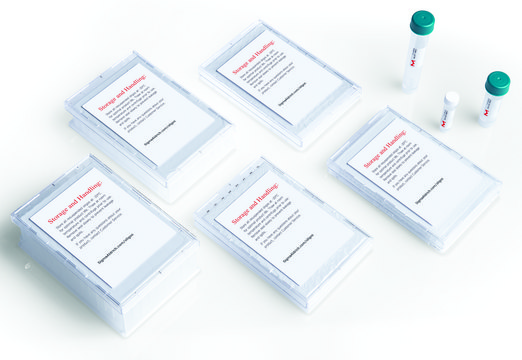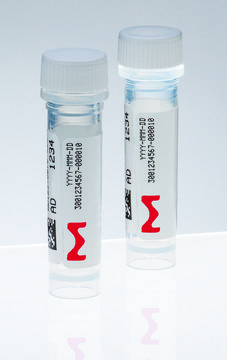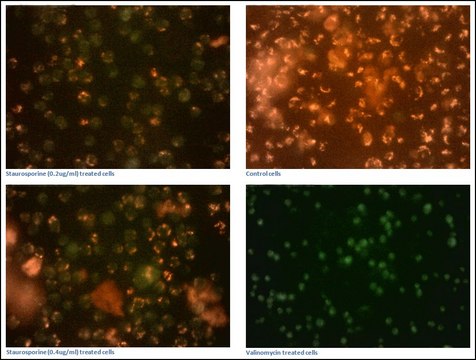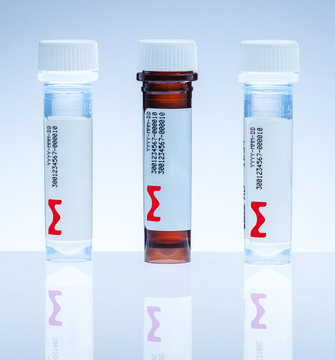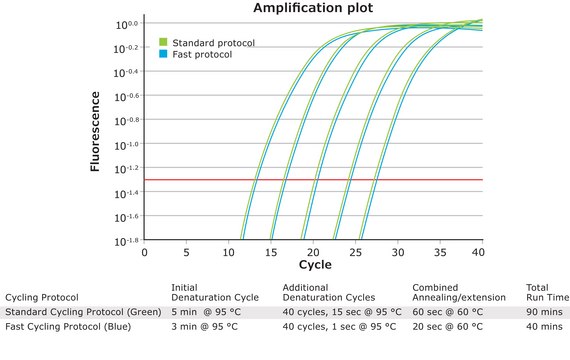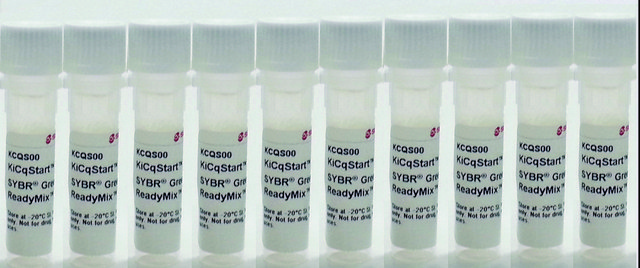MAK146
Mitochondrion Membrane Potential Kit
sufficient for 100 fluorometric tests (flow cytometry, orange fluorescence)
Sign Into View Organizational & Contract Pricing
All Photos(2)
UNSPSC Code:
12161503
NACRES:
NA.25
Recommended Products
usage
sufficient for 100 fluorometric tests (flow cytometry, orange fluorescence)
detection method
fluorometric
relevant disease(s)
cancer
storage temp.
−20°C
General description
Mitochondria generate a potential across their membranes due to the activities of enzymes of the electron transport chain. During apoptosis, collapse of the mitochondrial membrane potential (MMP) coincides with the opening of the mitochondrial permeability transition pores, leading to the release of cytochrome c into the cytosol, which in turn triggers other downstream events in the apoptotic cascade.
Mitochondria generate a potential across their membranes due to the activities of enzymes of the electron transport chain. During apoptosis, collapse of the mitochondrial membrane potential (MMP) coincides with the opening of the mitochondrial permeability transition pores, leading to the release of cytochrome c into the cytosol, which in turn triggers other downstream events in the apoptotic cascade.
Suitability
This kit is suitable for the flow cytometric detection of Mitochondrial Membrane Potential in mammalian cells and for screening apoptosis inhibitors and activators.
Principle
This kit is optimized for the analysis of the MMP by flow cytometry on instruments with a 488 nm laser. The cationic hydrophobic mitochondrial potential dye accumulates in normal mitochondria, most likely due to the mitochondrial potential, resulting in an increase in fluorescence (λem = 535 nm). In apoptotic cells, MMP collapse results in decreased fluorescence. This kit can be used for monitoring apoptosis and for screening apoptosis inhibitors and activators.
This kit is optimized for the analysis of the MMP by flow cytometry on instruments with a 488 nm laser. The cationic hydrophobic mitochondrial potential dye accumulates in normal mitochondria, most likely due to the mitochondrial potential, resulting in an increase in fluorescence (λem = 535 nm). In apoptotic cells, MMP collapse results in decreased fluorescence. This kit can be used for monitoring apoptosis and for screening apoptosis inhibitors and activators.
WGK
WGK 1
Flash Point(F)
Not applicable
Flash Point(C)
Not applicable
Certificates of Analysis (COA)
Search for Certificates of Analysis (COA) by entering the products Lot/Batch Number. Lot and Batch Numbers can be found on a product’s label following the words ‘Lot’ or ‘Batch’.
Already Own This Product?
Find documentation for the products that you have recently purchased in the Document Library.
Role of mitochondrial permeability transition pores in mitochondrial autophagy.
Rodriguez-Enriquez S, et al.
The International Journal of Biochemistry & Cell Biology, 36(12), 2463-2472 (2004)
Mitochondrial membrane permeabilization and cell death during myocardial infarction: roles of calcium and reactive oxygen species.
Webster K A
Future Cardiology, 8(6), 863-884 (2012)
Our team of scientists has experience in all areas of research including Life Science, Material Science, Chemical Synthesis, Chromatography, Analytical and many others.
Contact Technical Service
